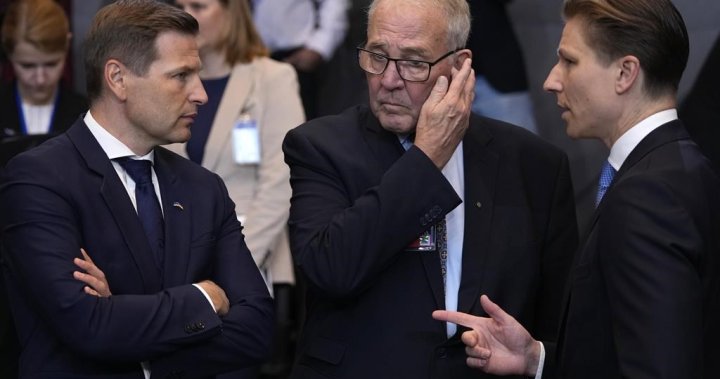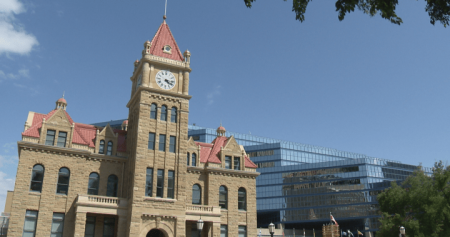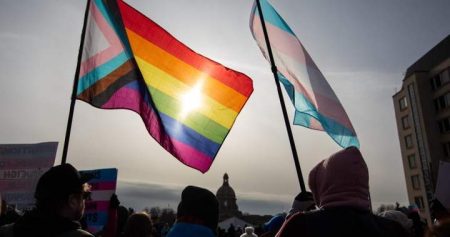Canada is making progress towards meeting NATO’s military spending guidelines, with Defence Minister Bill Blair stating that the country is on track to boost investment in the Arctic near its shared border with Russia. Following Russia’s annexation of Ukraine’s Crimean Peninsula in 2014, NATO allies agreed to increase defense spending to two percent of their GDP within a decade. Canada was only spending around one percent at the time, but last year, as the conflict between Russia and Ukraine continued, NATO decided that two percent should be the minimum spending requirement. In 2023, Canada was estimated to be spending 1.33 percent of its GDP on its military budget.
Blair announced that Canada’s defense spending budget will increase by 27% the following year, with the country investing significantly in the high Arctic and developing new military capabilities such as maritime sensors to detect threats. He expressed confidence that these efforts will bring Canada’s defense spending over the two percent mark, but acknowledged that there is work to be done in articulating this to both the country and its allies. NATO Secretary-General Jens Stoltenberg expects that around two-thirds of the alliance’s 32 member countries will be spending 2 percent of their GDP on defense budgets this year, a significant increase from just three countries doing so a decade ago.
In response to the ongoing tensions with Russia, Canada is focusing on boosting its military capabilities in the Arctic region, where the effects of climate change are rapidly altering the geopolitical landscape. By investing in new technologies and equipment, such as maritime sensors, Canada aims to enhance its surveillance and detection capabilities to effectively monitor any potential threats in the region. The strategic importance of the Arctic has grown as the melting ice opens up new opportunities for resource exploitation and shipping routes, making it crucial for Canada to strengthen its presence in the area.
The decision to increase defense spending comes at a time of heightened global uncertainty and security challenges, with conflicts and territorial disputes escalating in various parts of the world. By committing to meet NATO’s two percent spending target, Canada aims to demonstrate its commitment to collective security and to enhancing its military preparedness to address emerging threats. The Arctic region, in particular, has become a focal point for military strategy and defense planning, given its strategic significance and the increasing competition for control and influence in the region.
By aligning its defense spending with NATO guidelines, Canada aims to strengthen its position within the alliance and contribute effectively to joint military operations and missions. By investing in advanced military capabilities and technologies, Canada seeks to enhance its national security posture and contribute to regional stability. The increased investment in the Arctic region reflects Canada’s recognition of the evolving security environment and the need to adapt to new challenges. As Canada continues to expand its defense budget and modernize its military, it is poised to play a more active role in NATO and to fulfill its commitments to collective defense and security.













